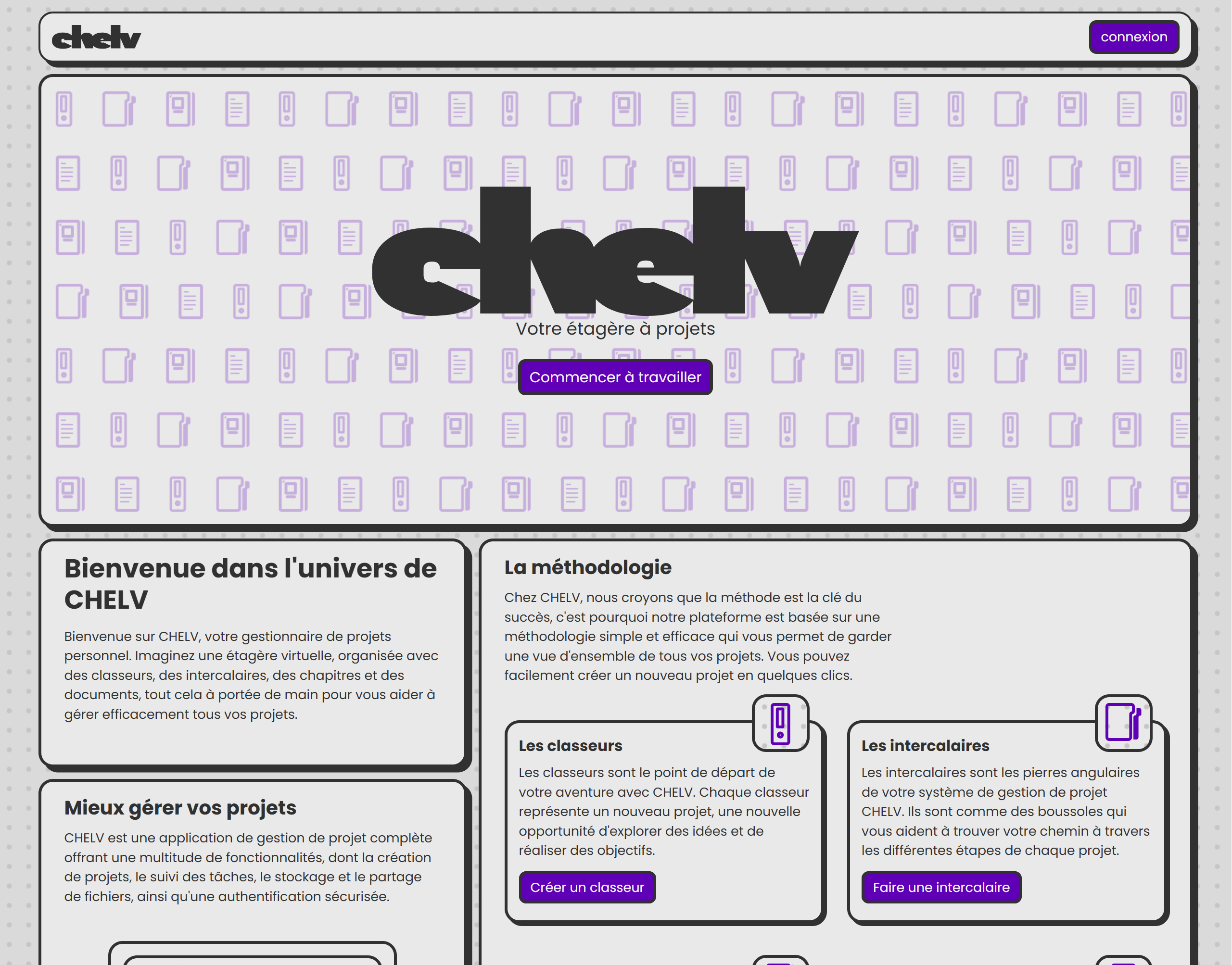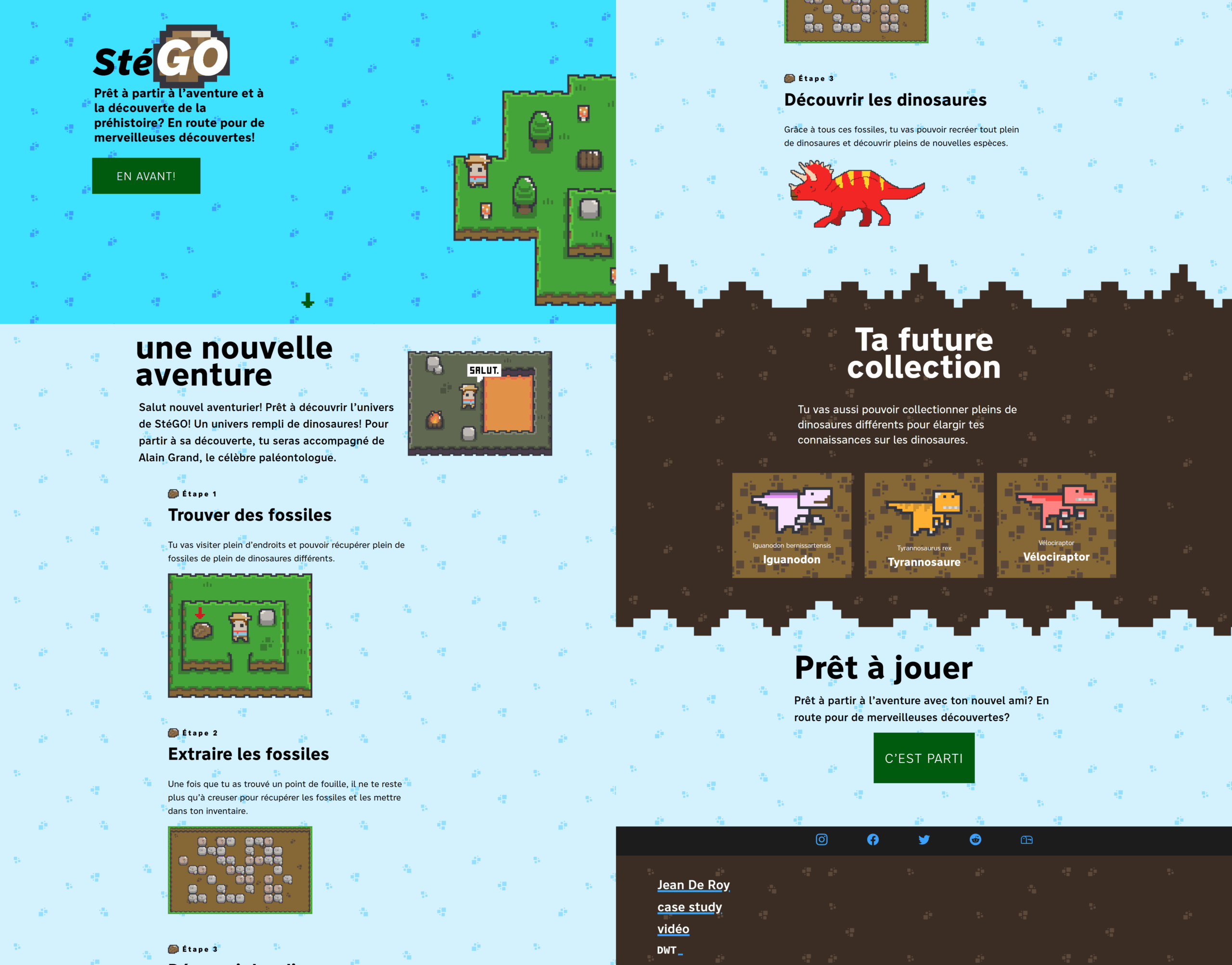– Portfolio
Jean De Roy ●
UI, UX & CX designer
My name is Jean De Roy, and I come from the digital world, where I combine passion, curiosity, and a constant desire to learn. What I love most is creating intuitive, meaningful, and accessible experiences. My work is grounded in clear information architecture and a human-centered design approach that’s inclusive for all.
– My Work in the UX World
Transmedia UX focuses on the user experience across multiple channels, platforms, and touchpoints (websites, mobile apps, social media, connected devices, etc.). The goal is to ensure a smooth, coherent experience no matter where or how users interact with a brand or service.
📐 Usability and Ergonomics
An ergonomic interface is easy to understand, use, and learn. We assess clarity, cognitive load, logic of actions, feedback mechanisms, and potential errors. The challenge: helping users achieve their goals without frustration or hesitation.
🛠️ UX Design and Creation
UX design involves structuring journeys, interactions, and content to make a service simple, seamless, and enjoyable to use. It includes wireframes, prototypes, user testing, and iterative improvements. The aim: turning identified needs into effective and coherent experiences.
🗂️ Information Architecture and Content
Organizing information means structuring, prioritizing, and labeling content so it’s easy to find, understand, and use. This includes navigation, menus, labels, and taxonomy. A solid information architecture enhances clarity and mental organization.
♿ Accessibility and Inclusion
Accessible UX aims to create interfaces that are usable by everyone, regardless of physical, sensory, or cognitive abilities. It follows WCAG standards and ensures no one is excluded. Inclusion also means considering diverse contexts, use cases, and audiences.
🎯 User Understanding
Understanding users is the foundation of any UX process. It involves both qualitative and quantitative methods (interviews, observation, surveys, etc.) to identify needs, expectations, pain points, and behaviors. The goal: design solutions that are useful, relevant, and truly user-centered.
🎭 Emotional and Behavioral Design
Emotional design focuses on the affective connection between the user and the interface. It leverages psychology, micro-interactions, tone of voice, animations, and positive feedback to build engagement, trust, and delight. The experience goes beyond efficiency : it becomes memorable.

– Who am I ?
My name is Jean De Roy, and I was born in 2001. I studied Transmedia Web Design at HEAJ (Haute École Albert Jacquard). Today, I work as a freelancer. Beyond my profession, I’m a curious and creative person. I enjoy hiking, photography, playing video games, reading comics and manga, and spending time in the kitchen trying out new recipes.
– Let’s connect
If you’d like to chat, feel free to reach out!
– My Story and Experience
I’ve taken the time to build my skills step by step, through curiosity, hands-on projects, and learning along the way. Between trainings, reading, and certifications, I’ve shaped my practice while staying open and eager to grow. Even now, I keep learning, experimenting, and challenging myself
💼 Experiences
2021-2024
Ancestra (Carnières)
Website creation and maintenance
2023
Spade – internship (Saint-Gilles)
WordPress development and marketing campaigns
2023
Exquando (Wavre)
Logo design and creation for a campaign/event
2024
Lug Management (Namur)
Maintenance, repair, and updates of the company’s website
🎓 Educations
2013-2019 (Rèves)
ISM Rèves
– General Secondary Education Certificate (CESS)
– Focus on IT & advanced mathematics
2019-2023 (Namur)
Haute école albert jacquard
– Graphic design skills (Adobe Suite, photography, drawing, etc.)
– Major in Transmedia Web Design: web, UX, and basics of transmedia
2024 (Gosselies)
IFAPME – “Starting My Business” Program
– Introduction to business management and taxation
– Training in neuromarketing and communication
📜 Certifications
2025
How To Design for Accessibility: for UX Designers (WCAG 2.2)
Udemy
2025
Complete Design Thinking Masterclass | eBook included
Udemy
2025
Master Digital Product Design: UX Research & UI Design
Udemy
2022
WordPress Theme Development with Twig and Timber
Udemy
2022-2023
Advanced CSS and Sass: Flexbox, Grid, Animations and More!
Udemy
– A UX Research Methodology
The methodology used is based on an adaptation of case study techniques from applied scientific research, tailored to the field of UX, in order to structure the analysis and study in a rigorous way.
🧱 1. Case Contextualization
Present the project within its broader environment: type of product or service, business objective, constraints (technical, time-related, human), target audience, and strategic stakes. This step sets the scene.
❓2. Problem / Opportunity
Describe the user need or the identified issue. It could be a behavior, a friction point, a drop-off rate, or a user sentiment. This step also helps to identify improvement opportunities.
🗂️ 3. Research Plan (Planning)
Explain how the research was structured: chosen methods (user tests, interviews, surveys, etc.), participant profiles, timeline, and tools used. This section justifies the rigor of the approach.
🔍 4. Research Phase
Group together all the identified units of analysis to address the problem statement. Each unit corresponds to a specific aspect of the product or user experience to be observed.
🎯 4.1 Unit of Analysis
Specify what was precisely observed or studied: a user journey, a specific interface, a feature, or a behavior. This helps to clearly frame
the UX research.
📝 4.1.1 Data Collection
Describe how the data was collected: number of sessions, duration, types of interactions, noteworthy feedback or anecdotes. This section offers a concrete look at the fieldwork.
📊 4.1.2 Data Synthesis
Provide a clear reading of key insights, distinguishing patterns, critical points, surprises, or contradictions. This synthesis supports
UX decision-making.
❌ 4.1.3 Pain Points
List the issues or frustrations encountered by users. These can be functional, cognitive, emotional, or ergonomic. These are the primary UX targets for improvement.
✅ 4.1.4 Positive Findings
Highlight what worked well: smooth behaviors, expressed satisfaction, appreciated elements of the interface or service. These strengths can be preserved or reinforced.
💡 5. UX Recommendations
Present the suggested directions to address the identified issues. They should be backed by evidence, prioritized when possible, and clearly linked to observed insights.
🧩 5.1 Proposed Solutions
Detail the concrete solutions envisioned: redesigning a screen, changing wording, simplifying a flow, adding features, etc. This is where UX
principles take shape.
📐 5.2 Deliverables / Prototypes
Show the outputs produced: wireframes, mockups, user flows, storyboards, etc. These allow for a quick visualization and testing of the
proposed transformation.
📘 6. Learning & Transposition (Conclusion)
Close the case study with a reflection: what lessons were learned? What are the implications for the team, the organization, or future projects? This demonstrates the strategic value of the UX process.
– My Work
Each project is an opportunity to explore, solve, and learn. Through these case studies, I share my user-centered design approach, the challenges I faced, and the solutions I implemented. These examples reflect my commitment to creating useful, accessible, and consistent experiences, whether for websites, interfaces, or business tools.
🚀 School Projects

Chelv (Graduation Project)
Project management tool based on the mental image of a binder

Stégo
Educational game about dinosaurs
🧪 Cases Studies
2025
Centered alignment: a design trap?
Often criticized for readability issues, centered alignment remains popular in modern design. But is it truly problematic — or simply misunderstood?
2025
Le Forem: Rethinking the citizen experience
A critical exploration of Le Forem’s website to improve clarity, structure, and usefulness. UX analysis, pain points, actionable recommendations, and a dashboard prototype included.
2025
Simplifying a complex administration
How can the Belgian Federal Public Service of Finance’s website be made clearer, smoother, and more citizen-focused?
2025
It’s difficult to be simple
The SNCB app promises ticket purchases in 3 steps. But is that really the case? A comparative analysis of the old app, the new version, and the ticket machine.
2025
Rethinking the digital welcome of an innovative cooperative
Discover how a UX analysis revealed key obstacles on Smart’s homepage — and led to concrete improvements for a better user experience.
2025
Twitch redesigns its homepage: a questionable revamp
With algorithm-driven content, stories, and a loss of user landmarks — what’s left of the user experience?